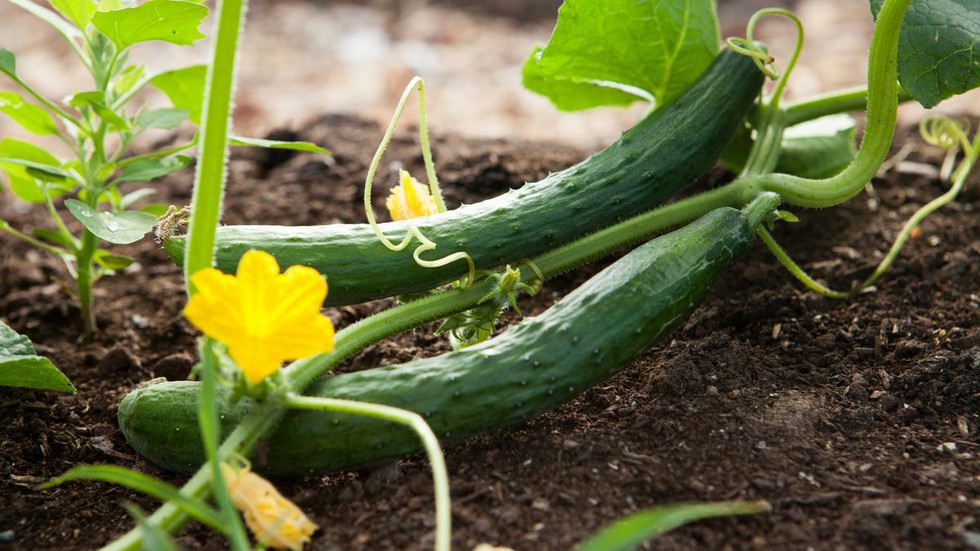Introduction
- Every year, farmers across India and the world face a relentless and invisible enemy: plant viruses. In India, the Cucumber Mosaic Virus (CMV) alone causes 25–30% yield losses in banana plantations and infects up to 70% of pumpkin, cucumber and melon crops. Affected plants often exhibit mosaic discoloration, stunted growth, and produce fruits that are commercially unviable, leading to significant economic hardships for farmers.
- In the absence of effective traditional treatments, scientists have turned to RNA-based technologies to bolster plant defenses. This innovative approach mimics the way the human immune system combats viruses. RNA-based solutions work by silencing specific genes in viruses or by enhancing the plant's natural immune responses, offering a promising method of protecting crops without heavy reliance on chemical pesticides.
RNA-Based Defence Mechanism
- RNA Silencing: A natural defence system in plants against viral attacks.
- Double-stranded RNA (dsRNA) from the virus triggers the plant’s immune response.
- Dicer-like enzymes (DCLs) slice the dsRNA into small interfering RNAs (siRNAs).
- siRNAs then guide the system to destroy viral RNA, stopping virus replication.
Types of RNA-Based Techniques
- Host-Induced Gene Silencing (HIGS): Plants are genetically modified to produce virus-targeting dsRNA internally for continuous protection. However, high costs, regulatory hurdles, and risk of viral resistance limit its use.
- Spray-Induced Gene Silencing (SIGS): RNA sprays are applied to plant leaves, activating natural immunity without altering plant DNA. Cost-effective and environmentally friendly, but traditional dsRNA often generates a random mix of siRNAs, reducing efficiency.
